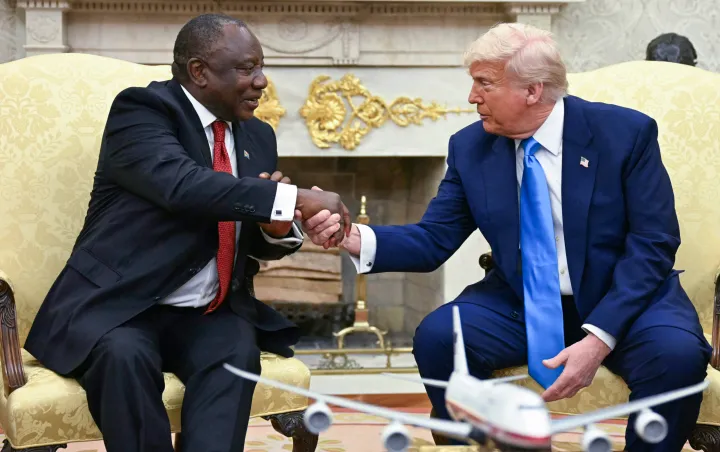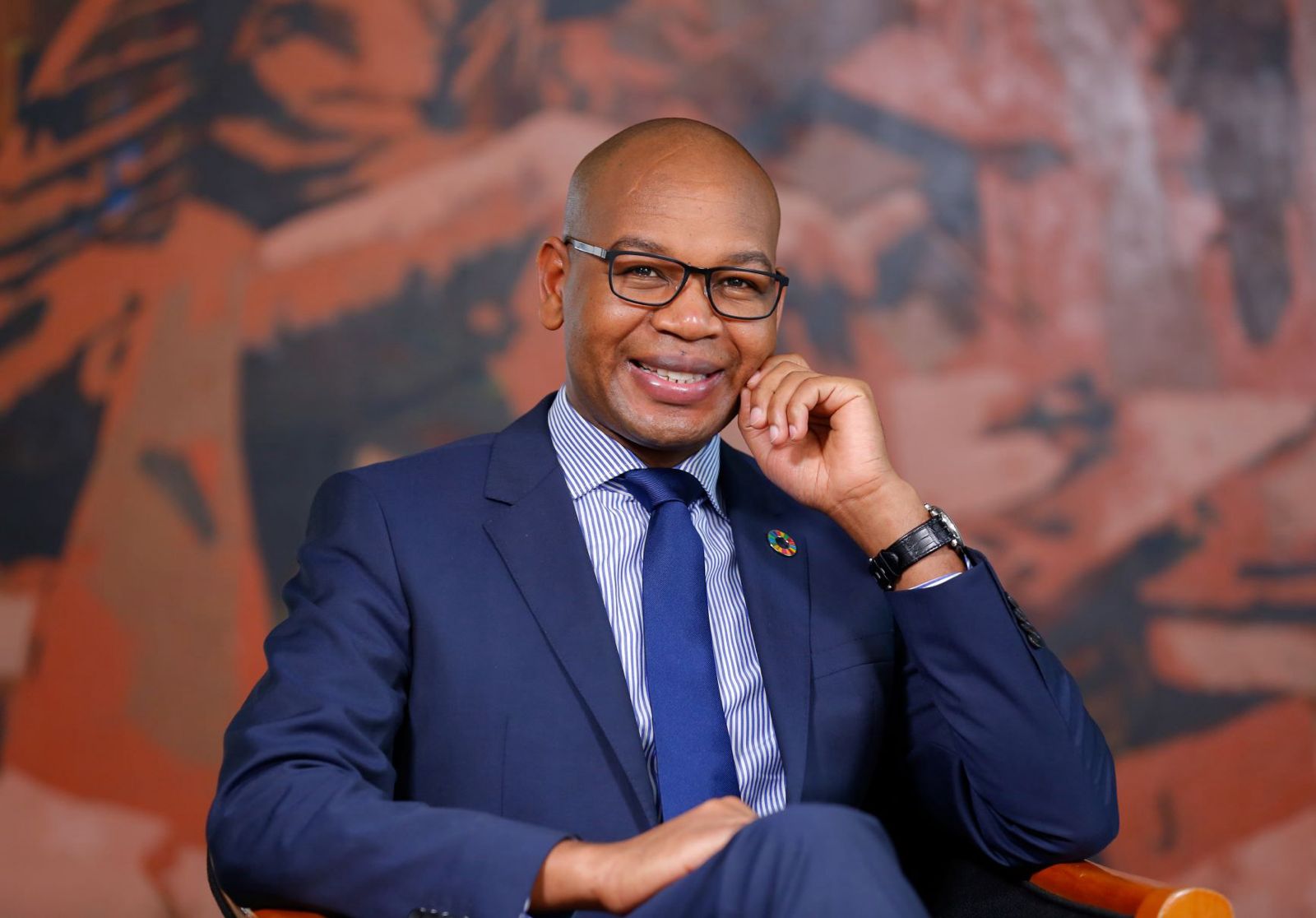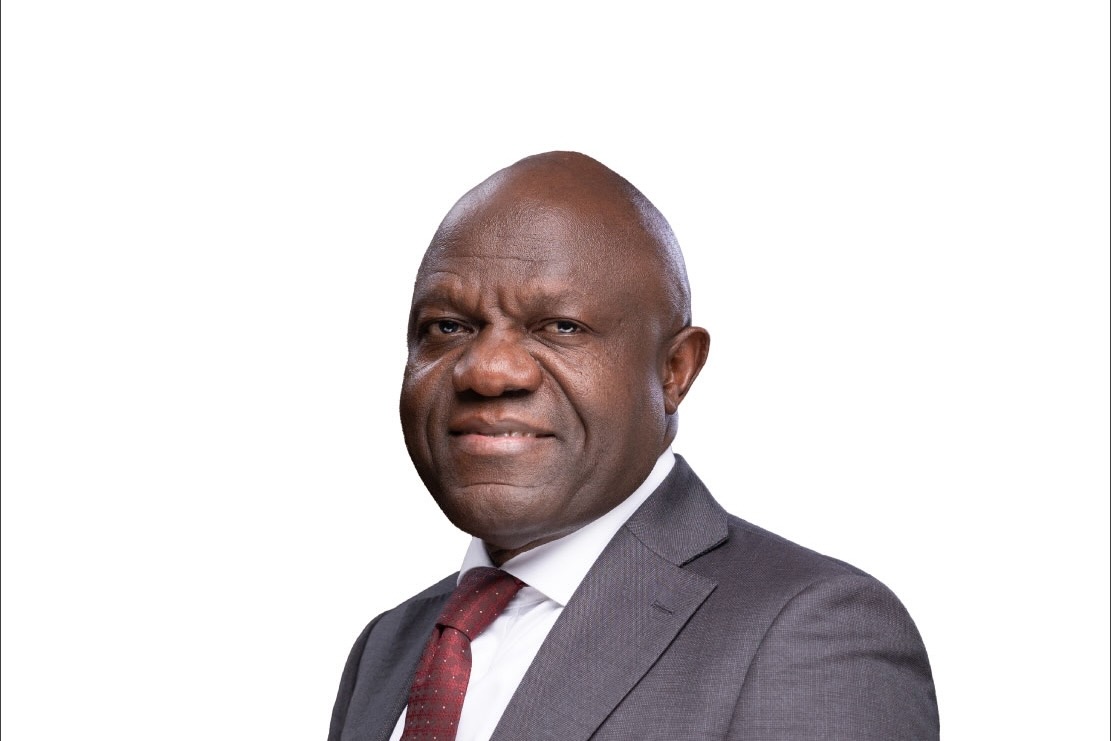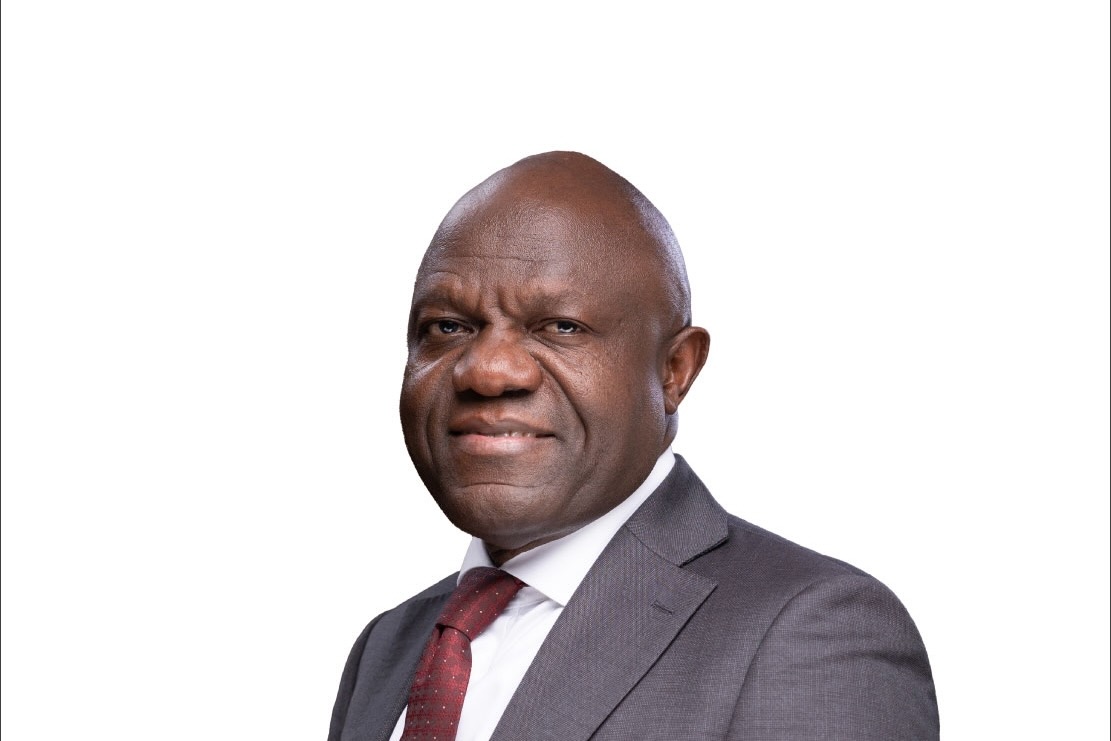Trump’s tariff hammer falls on South Africa from August 1
- South African exports to the U.S. would be subjected to a flat 30 per cent tariff, effective August 1, 2025.
- Trump accuses South Africa of maintaining one-sided trade practices that include “tariff and non-tariff barriers” and a “lack of reciprocity.”
- South Africa faults the move saying calculation misrepresents actual trade balance and fails to consider that over half of U.S. goods enter South Africa duty-free.
As the U.S. gears up for a new round of global trade realignments, South Africa faces an uphill diplomatic and economic task after being hit with a sweeping 30 per cent tariff on all exports to the United States of America.
In an unexpected and jarring move that sent shockwaves through diplomatic and economic circles, U.S. President Donald Trump on Monday, July 7, announced that South African exports to the U.S. would be subjected to a flat 30 per cent tariff, effective August 1, 2025. The announcement, posted on Trump’s Truth Social platform in a signed letter addressed to President Cyril Ramaphosa, marks an escalation in Trump’s “reciprocal tariffs” policy aimed at addressing what he has repeatedly termed as “unfair trade deficits.”
The letter accused South Africa of maintaining one-sided trade practices that include “tariff and non-tariff barriers” and a “lack of reciprocity.” In a particularly stern tone, Trump warned that should South Africa retaliate with higher tariffs of its own, those hikes would be stacked on top of the 30 per cent levy, essentially laying the groundwork for a tit-for-tat trade war.
Diplomatic Tensions Amid Fragile Trade Talks
The tariff move follows a 90-day pause previously agreed upon in April to allow both sides to negotiate new bilateral deals. That truce was set to expire on July 9 but was officially extended to August 1 through an executive order issued Monday night. Still, Trump hinted the deadline could shift further, suggesting it was “not 100 per cent firm,” adding a layer of unpredictability to the unfolding standoff.
Trump’s South Africa pronouncement was not an isolated case. Similar letters were reportedly dispatched to leaders of Japan, South Korea, Myanmar, Laos, Kazakhstan, and Malaysia. However, the South African case is uniquely complicated by its membership in BRICS, a bloc increasingly seen in Trump’s rhetoric as aligned with anti-American policies.
Just a day prior, Trump floated a separate 10 per cent tariff threat on any country siding with BRICS, asserting “no exceptions to this policy.” The move appeared aimed at punishing countries for political alignment rather than trade metrics alone—injecting geopolitics into economic policy.
South Africa Pushes Back with Data
The South African presidency swiftly issued a statement rejecting Trump’s tariff rationale. Presidential spokesperson Vincent Magwenya challenged the 30 per cent figure, saying it misrepresented the actual trade balance and failed to consider that over half of U.S. goods enter South Africa duty-free.
According to Pretoria’s data:
- The average tariff on imported goods entering South Africa is 7.6 per cent.
- 56 per cent of goods enter under a zero per cent most-favoured-nation tariff.
- 77 per cent of U.S. goods enter the country without any duties.
Ramaphosa’s administration insisted that South Africa remains committed to a mutually beneficial trade relationship and is continuing diplomatic engagement with Washington. The president directed trade officials to accelerate negotiations based on a Framework Deal submitted in May, which covers critical sectors such as agriculture, minerals, automotive exports, and industrial goods.
Trade Diplomacy in the Shadow of Luanda Summit
South Africa’s negotiating position was further complicated by Trump’s recent meeting with African leaders at the U.S.-Africa Summit in Luanda on June 24. It was there that South African officials learned of a new U.S. template for engaging sub-Saharan African nations, signaling a likely shift in how Washington wants to structure future trade agreements across the continent.
Despite Pretoria’s request for the formal template, it had yet to receive one at the time of the tariff announcement. Trade Minister Parks Tau, however, remained optimistic, stating the U.S. had “indicated room for engagement.” Nonetheless, analysts note that South Africa finds itself playing catch-up in a game where bilateral deals with the UK and Vietnam have already moved ahead—leaving Pretoria at a disadvantage.
Economic Stakes and Strategic Implications
The economic ramifications of a 30 per cent tariff are significant. South Africa’s trade with the United States spans critical industries, including:
- Automotives (with major exports of cars and vehicle components),
- Minerals and metals (particularly platinum and gold),
- Agricultural products like citrus and wine.
Higher tariffs could make South African goods prohibitively expensive in the U.S. market, potentially leading to job losses, reduced export earnings, and currency instability. Conversely, South African firms may need to diversify trade partners and explore regional and global alternatives—an opportunity that Ramaphosa alluded to when urging companies to “promote better resilience in global supply chains.”
BRICS and the Bigger Picture
Trump’s aggressive stance toward BRICS—seen by many as a counterweight to Western-dominated institutions—raises questions about the future of South-South cooperation. As BRICS expands its influence and questions the global dominance of the U.S. dollar, Trump’s preemptive tariff threats signal his intent to punish ideological divergence through economic means.
Yet this strategy may backfire. If South Africa and other BRICS nations interpret the move as overt economic bullying, they could deepen their intra-bloc cooperation, hastening a global trade realignment away from U.S.-centric systems.
Read also: Trump tariffs, Red Sea woes trigger calls for poor countries to diversify trade
Share this content:





Post Comment